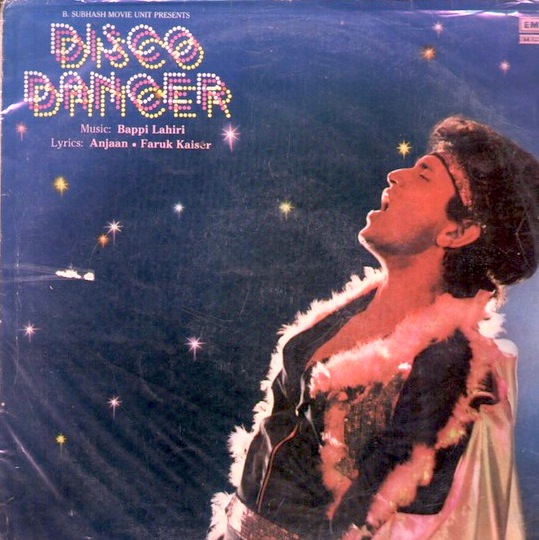I’ve been working on an art exhibition called LOST HORIZON this year which has meant re-visiting the James Hilton classic from 1932 — ‘The first paperback ever published’ —or so the blurbs say. This is where the term ‘Shangri-La’ comes from. The movie, by Frank Capra is wonderful, too.
Place: France
Pop songs by their very nature worm their way into your head Suzanne Vega-style, their hooks made to be memorable, their melodies fine-tuned for instant recall. No wonder then that they travel so well; Miley’s latest hitting just as hard in Madrid as in Atlanta or Cardiff. What’s more, a great pop song doesn’t just transfer well in its original incarnation, American or British pop songs are easily translated, re-arranged, and sold in other countries (sometimes even by the artists themselves; the Beatles in German! Stevie Wonder in Italian!).
Even more astonishingly (especially from a literary standpoint) songs in Hebrew or Korean have sometimes been hits outside of Israel or South Korea without undergoing any changes or translations. And that’s not even mentioning the songs originally written in Hungarian or Portuguese that conquered the world in English translation. This biweekly series will be your guide in this pan-global pop conspiracy, reintroducing you to songs you thought you knew and opening your ears to the wonderfully deep reserves of fantastic covers places like Thailand, Germany, or Ethiopia have to offer.
“When I was young I brushed my teeth with a straight piece of bone, the bristles were thick and hard like a wheat field, until my mother would rub her finger over them and complain ‘Damien, that’s disgusting, you know you’re supposed to say when your brush is worn out!’ and throw the thing in the drawer of the painted sideboard. Later, in the years when I was still wearing long, striped bathing suits, we had slightly curved implements, the handles I mean. The bristles were in clusters separated by a little gap, like a flowerbed, and on the back there were little holes in the furrows and thin colored lines, like on the bathing suits… They lost their bristles very fast, and then my mother blamed me for getting rid of them too often. I don’t know why we didn’t throw away toothbrushes at our house. There was a drawer full of them, out of commission—a toothbrush graveyard. The sideboard Aunt Cécile had painted was a Campo Santo of objects: we put everything broken, or no longer used, in there… Then came the era of metal brushes. It was after I came back from the regiment. They were pitiful things. The others, the bone ones, turned yellow, but it didn’t help to call the steel in the new ones stainless, it aged very badly.” READ MORE…



